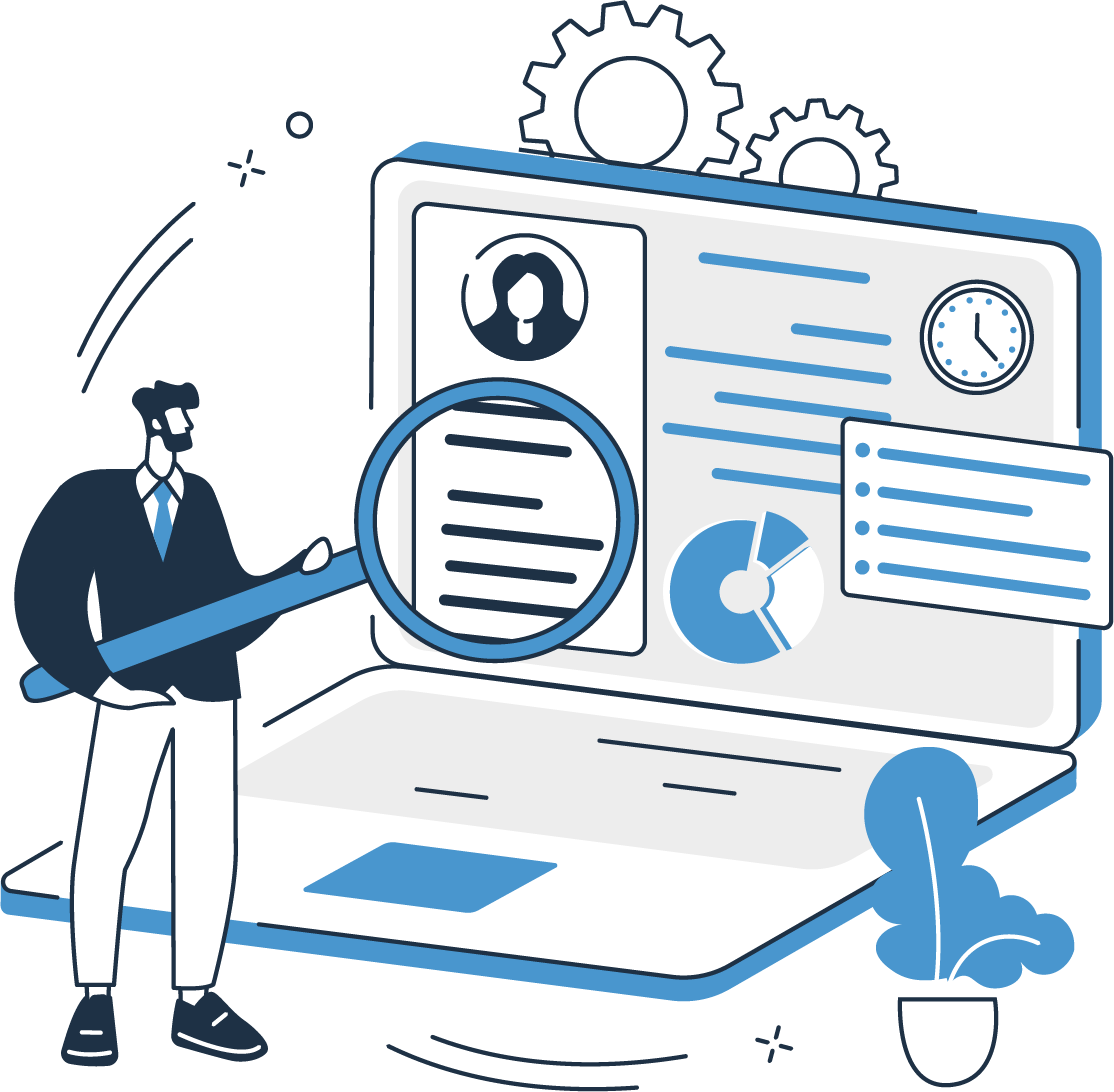
Many schools are looking at how they can use their data to transform learning and wellbeing outcomes, however, developing a culture of data analysis within your school requires more than just presenting the data and assuming it will automatically transform teachers' thinking.
The first step to developing a data-rich culture within your school is to start with a vision - an overarching idea or goal of what you want to achieve. Getting teaching and learning staff on board with this common goal is key to building a data-driven mindset and ensuring the successful implementation of any supporting software.
What is educational data?
Educational data refers to the vast amounts of multifaceted student information collected by your school.
This can come in the form of:
- Student Characteristic Data: i.e enrolment information, attendance data and student profiles.
- Achievement Data: i.e class performance, previous and current reports and assessment results.
- Perception Data: i.e teacher observations, interviews, surveys or focus groups.
Combined, this data can be used to inform teaching structure, learning plans and organisational change. When there is a widespread dedication to the use, analysis and discussion of educational data within a school, it is referred to as a 'data-rich culture'.
1. Present the 'big idea'.
The first step towards creating a data-rich culture in your school is to provide teaching and learning staff with an overarching rationale for this shift in data culture, its purpose, and its benefits – aka the 'big idea'.
For schools, this generally boils down to: “Quality student data can improve student performance”.
Setting the stage is crucial to getting everyone in the school aligned, onboard and understanding that data is instrumental to supporting student academic performance.
A great place to start is step one of the data-informed decision cycle; framing the issue and asking the right questions. What questions do teachers want answered and can the data that the school currently collects answer that?
2. Help them understand why
The entire purpose of analysing educational data is to assist teachers with the work they’re already doing: helping their students achieve personal growth and their best learning outcomes.
Effective use of data analysis can simplify complex educational data and fuel school improvement, allowing teachers to spend more time focusing on what matters.
This can be related back to the AITSL Professional Standard section 5, which covers practices associated with assessment, feedback and reporting on student learning. In particular section 5.4, which specifically addresses the interpretation of student data.
At a minimum, this standard means teachers must demonstrate the capacity to interpret student assessment data, evaluate student learning and modify their teaching practice accordingly. Leaders in this area take it a step further by coordinating student performance and evaluating internal and external student assessment data to improve their teaching practice.
Using these standards as a benchmark can help unlock professional curiosity and engage your staff with educational data analytics.
3. Overcoming blockers
One of the most common reservations teachers have about implementing learning analytic techniques is that the data will be used in place of their own professional judgement. It's often their concern that students will be labelled according to the data, without teacher experience and observations being taken into account.
To overcome these "blockers", it's important to outline to your team what data will be used, how the data will be used, and what the data can accomplish. Data is only meant to be one component of the teacher's overall view of a student.
Teacher observations and insights make up an essential part of a holistic student profile, which cannot be replaced by numbers on a screen.
The data is not there to replace teachers' judgement, but rather to inform it.
Data analysis is a supportive tool that should present data in a clear and easily digestible way, allowing teachers to make informed decisions with all the information in front of them.
4. Use evidence to back it up
Getting your whole school to value the importance of student data analysis is not something you can do on your word alone. Luckily, there are many research papers and studies that support the use of effective data analysis in schools.
Backing up the common goal with evidence is more likely to get your community on board by making it a tangible, research-driven point, rather than just an opinion.
The Teaching and Learning School Improvement Framework, developed by the Australian Council for Educational Research, brings together the results of research into the practices of high performing schools. Findings showed that highly effective schools have one thing in common - they use data and systematically track academic attendance, behaviour, and outcomes.
School-wide analysis and discussion of this data is a high priority for these schools, including analysis of overall school performance, the performance of students over time and external assessment trends. This data is then used to identify gaps in student learning and monitor improvement over time, across grades.
- Australian Council for Educational Research"School leaders clearly articulate their belief that reliable data on student outcomes is crucial to the school's improvement agenda. The school has established and is implementing a systematic plan for the collection, analysis and use of student achievement data."
Similarly, research conducted by AISNSW reiterates the benefits of educational data analysis:
- The Link, AISNSW"When educators are able to collect and effectively analyse data to guide their educational decisions, they become more effective in reviewing students' existing capacities, identifying areas for growth, and developing plans for student improvement."
5. Provide ongoing support and professional development
Getting teachers on board with the common goal is only half the battle; keeping them engaged and invested in your learning analytics solution is the next hurdle. Ongoing support and professional development opportunities are needed to help teachers develop strong data literacy skills and learn how to use data for informed decision making.
Datnow and Park, authors of Data-driven Leadership, recommend four key strategies that can enable effective use of data by educators.
- Invest in professional learning,
- Provide support on how to use data, modelling data use, and data discussions,
- Provide time for educator collaborations,
- Provide networking opportunities for educators to connect with other schools and share data improvement strategies.
If teachers see genuine value in something and have a common goal, they will be open to change.
Developing a culture of data analysis within your school takes time, but establishing a clear vision, ensuring there is a shared belief in the value of data and supporting your staff is the perfect place to start.





